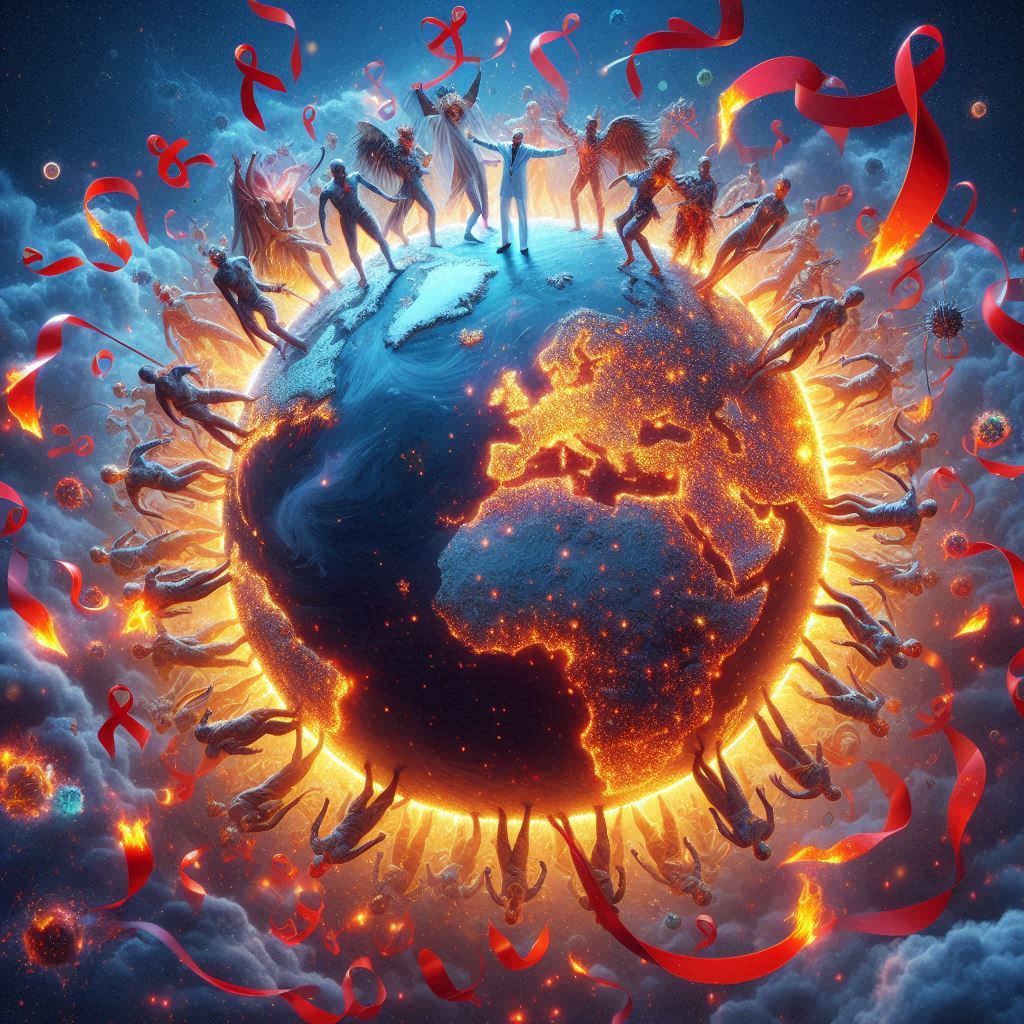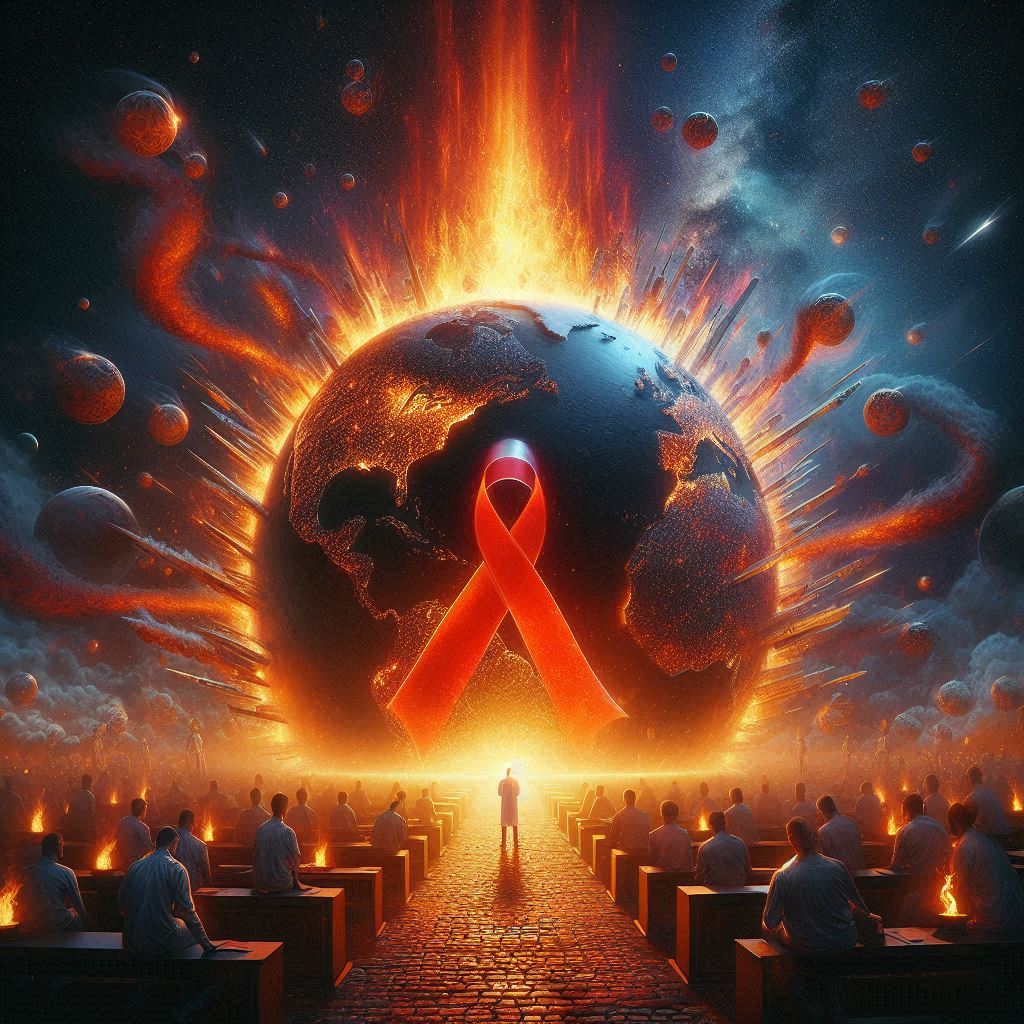Imagine a matchstick — small, almost invisible from afar — striking against a rough surface deep within the dense, uncharted forests of Central Africa. That tiny spark would become HIV-1, the most lethal and prevalent strain of the virus that would one day fuel a raging global fire known as AIDS. But how did it begin? Where did it come from? And why did HIV-1 become the epicenter of a pandemic that shook humanity to its core?

A Whisper from the Wild: Where Did AIDS Come From?
To understand HIV-1, we must journey back — not decades, but nearly a century. The answer to “AIDS: where did it come from?” Scientists believe that HIV-1 originated from SIV (Simian Immunodeficiency Virus), a virus found in chimpanzees. Through a process called zoonotic transmission — a viral crossover from animals to humans — HIV-1 quietly entered the human world. The bridge? Likely the bushmeat trade, where hunters exposed themselves to infected chimpanzee blood during butchering.

This wasn’t an apocalyptic event. There were no warning bells, no flashing lights. HIV-1 seeped into human veins silently, adapting, mutating, learning. It found its first hosts in rural villages and began its slow, insidious spread. In the early 20th century, colonial expansion, urbanization, and unsterilized medical practices — like reusing needles — unknowingly became highways for the virus.
HIV-1: A Master of Disguise
What makes HIV-1 so formidable is not just its origin, but its cunning nature. As these cells fall, the body’s defenses crumble. What follows is AIDS (Acquired Immunodeficiency Syndrome) — a condition, not a disease, where the body can no longer fight off even the simplest infections.
Unlike the flu or chickenpox, HIV-1 doesn’t attack all at once. It’s patient.
Why HIV-1 and Not HIV-2?
You might ask, if HIV-2 also came from primates, why didn’t it become a global threat? The answer lies in its nature. HIV-2, found mostly in West Africa, is less transmissible and less aggressive. HIV-1, by contrast, spread like wildfire. Its adaptability, efficiency, and virulence made it the dominant strain, responsible for over 95% of global HIV infections.
So, when we ask “AIDS: where did it come from?”, we’re really asking about HIV-1 — the firestarter.
The Global Spark
The match struck in Africa found tinder in global travel. By the 1980s, it appeared in the United States, confusing doctors who noticed rare cancers and strange infections in otherwise healthy people. The term AIDS was coined, but its true villain, HIV-1, was still hidden.
It wasn’t until 1983 that scientists identified HIV-1 as the cause of AIDS. By then, millions had already been infected.
Lessons from the Flame
Today, antiretroviral therapy (ART) has turned HIV from a death sentence into a manageable condition. But HIV-1 still claims lives, especially where healthcare is limited. The question “Where did AIDS come from?” A reminder of how one spark — a single crossover from chimp to human — can ignite a fire that reshapes history.
So, when we speak of HIV-1, let us remember it’s more than a strain of a virus. It’s a symbol of human vulnerability, scientific triumph, and the ongoing battle between nature and medicine.


